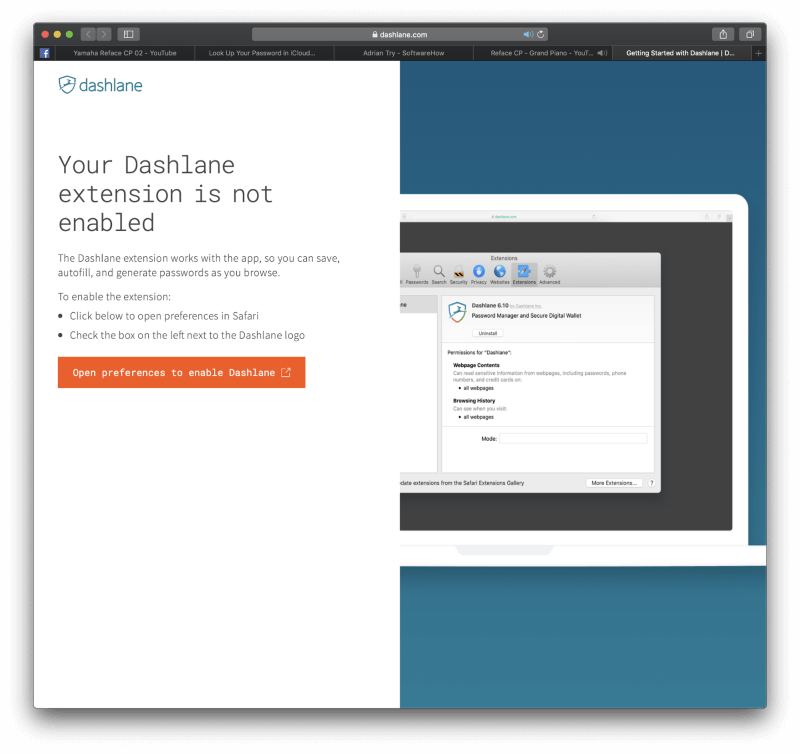

If you installed your browser in a custom location on your computer, enter that location. If the text doesn't work, try deleting " (x86)". The words and phrases between the backslashes each refer to a folder on your computer. Note: This text is the default location of the app when you download your browser. "C:\Program Files (x86)\Vivaldi\Application\vivaldi.exe" -app= "C:\Program Files (x86)\BraveSoftware\Brave-Browser\Application\brave.exe" -app= "C:\Program Files (x86)\Microsoft\Edge\Application\msedge_proxy" -app= "C:\Program Files (x86)\Google\Chrome\Application\chrome.exe" -app= Be sure to include all punctuation marks.
In the field of the pop-up that opens, enter the text from the table for the browser you're using. Right-click on your desktop or in any folder. On Windows, you can create advanced shortcuts in Chrome, Edge, Brave, and Vivaldi. Right-click on the shortcut, select Properties and then change the URL to. Tip: On Windows devices, we recommend making one small change for security purposes after you create the shortcut. You can drag the desktop icon to the trash. When you add the icon to your dock, the icon also remains on your desktop. Drag the icon from your desktop to the right side of the divider bar in your dock. Note: On Apple devices, you can add the shortcut to your dock. Drag the icon or the web address onto your desktop. If you're using Safari, select the entire web address in your browser bar. For most browsers, select the View site information icon, shown as a lock, directly to the left of the browser's address bar.  Reduce the size of the browser window so that you can see part of your desktop. To create a universal shortcut on any device in any browser. If you get an error when using the shortcut, make sure that you've set a default browser in your computer's system preferences. A universal shortcut opens the Dashlane web app opens in your default browser-no matter which browser you used to create the shortcut.
Reduce the size of the browser window so that you can see part of your desktop. To create a universal shortcut on any device in any browser. If you get an error when using the shortcut, make sure that you've set a default browser in your computer's system preferences. A universal shortcut opens the Dashlane web app opens in your default browser-no matter which browser you used to create the shortcut.






 0 kommentar(er)
0 kommentar(er)
